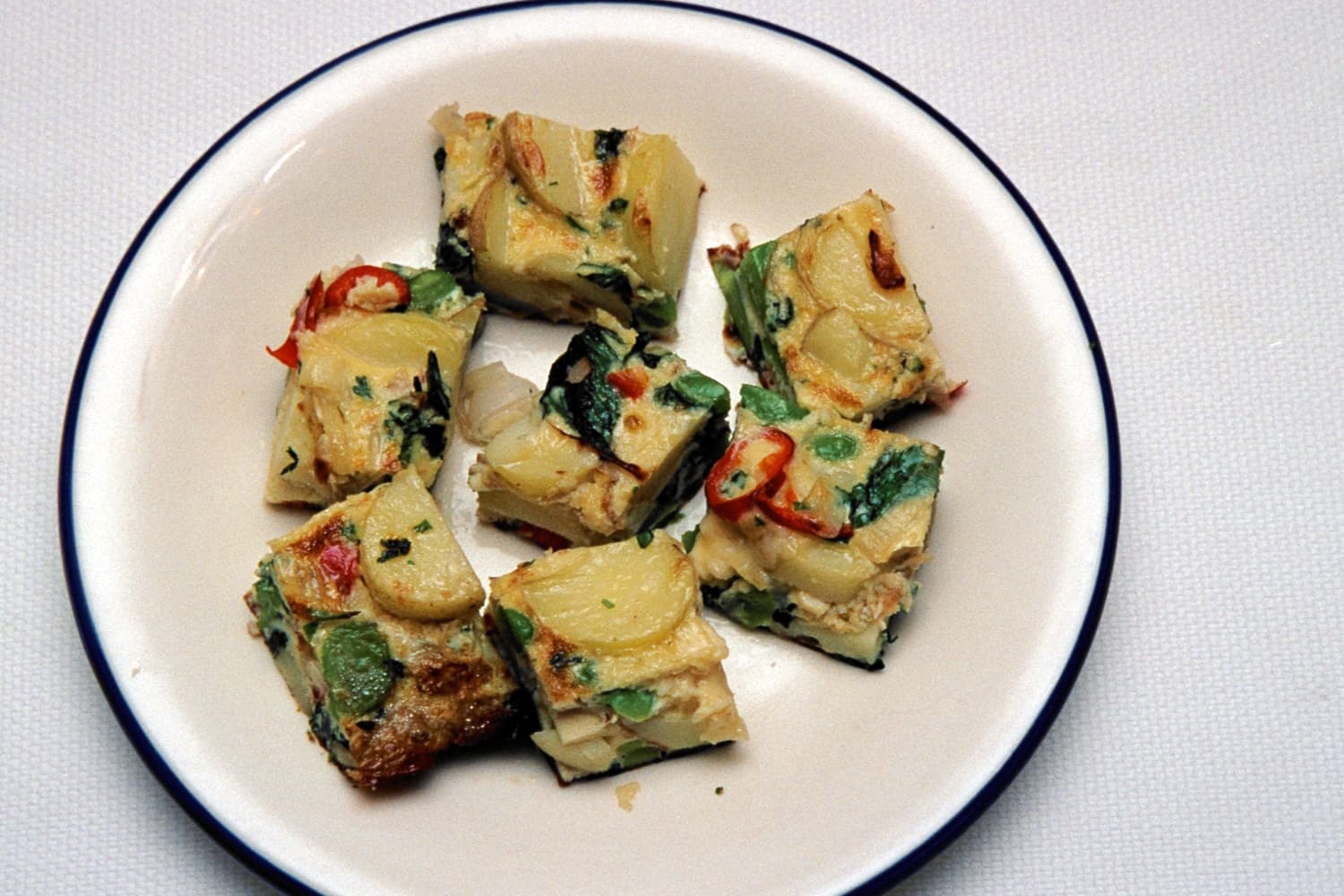Asparagus, Pea and Goats Cheese, Beetroot Ravioli
Imagine crafting elegant ravioli parcels that burst with the fresh vibrancy of spring, where tender asparagus and sweet peas mingle with the tangy creaminess of goats cheese. The optional beetroot pasta lends a subtle earthy depth and a striking pink hue, turning a simple starter into a visual feast. Its light, moreish filling evokes sunny garden gatherings, with just enough whimsy to make you smile at the unexpected pop of colour on your plate.
This vegetarian delight offers a sophisticated texture contrast: silky, thin pasta encasing a smooth yet chunky filling that melts invitingly. Flavours dance between the crisp snap of vegetables and the rich, nutty undertones, perfect for an aspirational dinner that feels both comforting and refined, leaving you with a sense of culinary accomplishment.
Cook: 10 minutes
Ingredients
Asparagus, Pea and Goats Cheeese Filling:
- 1 large bunch of asparagus, trimmed and chopped finely, leaving around 5cm of the top of the spear
- 150g podded peas (you may use frozen)
- 150g goats cheese
- 50g light cream cheese or ricotta
- 3 tbsp grated parmesan
- 2 tbsp roughly chopped chives
- 1 tbsp shredded mint leaves
- pinch paprika
- maldon salt and freshly ground black pepper
Beetroot Ravioli
- 500g strong flour (00)
- 2 eggs
- 3 egg yolks
- 1 tbsp olive oil
- 100g pureed cooked beetroot
- pinch salt
To Serve
- 2 garlic cloves, crushed
- zest of 1/4 lemon
- 150ml extra virgin olive oil
- 1 tbsp chives, finely chopped
- 2 tbsp toasted pine nuts
- parmesan shavings
Method
- Filling: Place the chopped asparagus in a saucepan of boiling water and cook for a couple of minutes, add the peas and continue to cook for a further 2 minutes (the asparagus and peas should be tender. Drain them and refresh in plenty of ice cold water. Place all the filling ingredients in a food processor and blend briefly so that the ingredients are well combined and smooth (the ingredients should still be visible not mush). Set aside or cover and place in the refrigerator until ready to use.
- Pasta by Food Processor: Place all the ingredients in a food processor and process it until you have a breadcrumbs like consistency. Tip the mixture out onto a work surface and bring together with your hands so that you have a ball of dough. If it is to dry add a little water and if to wet add some more flour. Knead the mixture for a couple of minutes until it has some elasticity. Make the dough into 4 balls and cover them with cling film and place it in the fridge for at least 30 minutes.
- Pasta By Hand: Place the flour out onto a work top and make a well in the centre. In a bowl beat the egg, oil and beetroot together, pour this mixture into the well in the centre of the flour. Using your your hands bring the flour into the egg mixture and gradually combine it until you have a dough. Knead the dough for couple of minutes until it is firm and has elasticity. Make the dough into 4 balls, cover them with cling film and place them in the refrigerator for at least 30 minutes.
- Ravioli: Remove the dough from the refrigerator and starting with one ball of dough roll it out so that it is around 1cm-1.5 cm thick. Set a pasta machine to the lowest setting and pass the pasta through it 3 times. Then set the pasta machine to a higher setting and pass it through, then reduce the setting and repeat the process to the last or second last setting so that the pasta is very thin and long. If the pasta comes sticky dust it with a little flour. Cut the sheet of pasta in half and hang the pasta up on a wooden pasta holder or weighted broom handle. Repeat this process with the remaining pasta. 6. Lay one sheet of pasta on a lightly floured work top. Place a generous teaspoon of the filling and place it 3cm in from the top and side of left hand corner of the pasta. Repeat this process every 3 cm leaving 3 cm at the end of the pasta. Begin the second row 3 cm down from the top row and repeat this process again (continue this until you have several rows and the pasta sheet is full). Place a second sheet of pasta over the pasta with the filling carefully. Press around the fillings so that the filling is enclosed by the pasta. Cut the pasta with a small pizza cutter, knife, ravioli cutter or small shape cutter into individual ravioli. Place the ravioli on a lightly floured tray and place it in the fridge until you are ready to cook. Repeat this process with the remaining pasta. *If you have a ravioli mould dust a pasta sheet with flour and place it over the base loosely. Place generous teaspoons of the filling in each section. Place a second sheet of ravioli over the filling and roll over the top of the pasta with a rolling pin so as to cut around each ravioli. Turn the ravioli out onto a lightly floured surface.
- To Cook: Bring a large saucepan of water to the boil with a little olive oil. Cook a few pieces of the ravioli at a time until they rise to the top (this should take around a minute). Remove the ravioli and place the ravioli directly into warm serving bowls.
- Cook the asparagus in a saucepan of boiling water for 2-3 minutes until just tender (begin cooking the asparagus at the same time as the ravioli). Drain and scatter over the hot ravioli.
- Heat the oil in a saucepan with the garlic over a high heat for a minute so that it is hot. Pour the garlic oil over the asparagus and ravioli. Serve.
- To Serve: Scatter the chives, pine nuts and parmesan shavings over the ravioli and serve at once.
Recipe Ideas

Sea Bass on Nicoise New Potatoes


Prep: 20 minutes
Cook: 20 minutes

Broad Beans and New Potato Tortilla


Prep: 20 minutes
Cook: 20 minutes

Pita Wedges with Hummus


Prep: 10-15 minutes
Cook: 5 minutes
 Recipe
Recipe